I rank every city I visit across a variety of factors including aesthetics, culture and transport. Shanghai is the 200th city of over 100,000 people I have traveled to so I am pretty confident in my ratings!
Verdict:
- My Overall Rating: 86%
- My Ranking out of my top 200 Cities: 22nd place
- Global Ranking: Mercer – Quality of Living Survey 101st out of 230 and EIU – Best Cities Ranking 33rd out of 70 Financial Time – Asia-Pacific Cities of 8 out of 163
- Why it should be visited: Architecture, Cafes, Food, Shops and to understand the future of China
- Negatives: Pollution, Some can find the culture confronting
- Would I return?: Yes
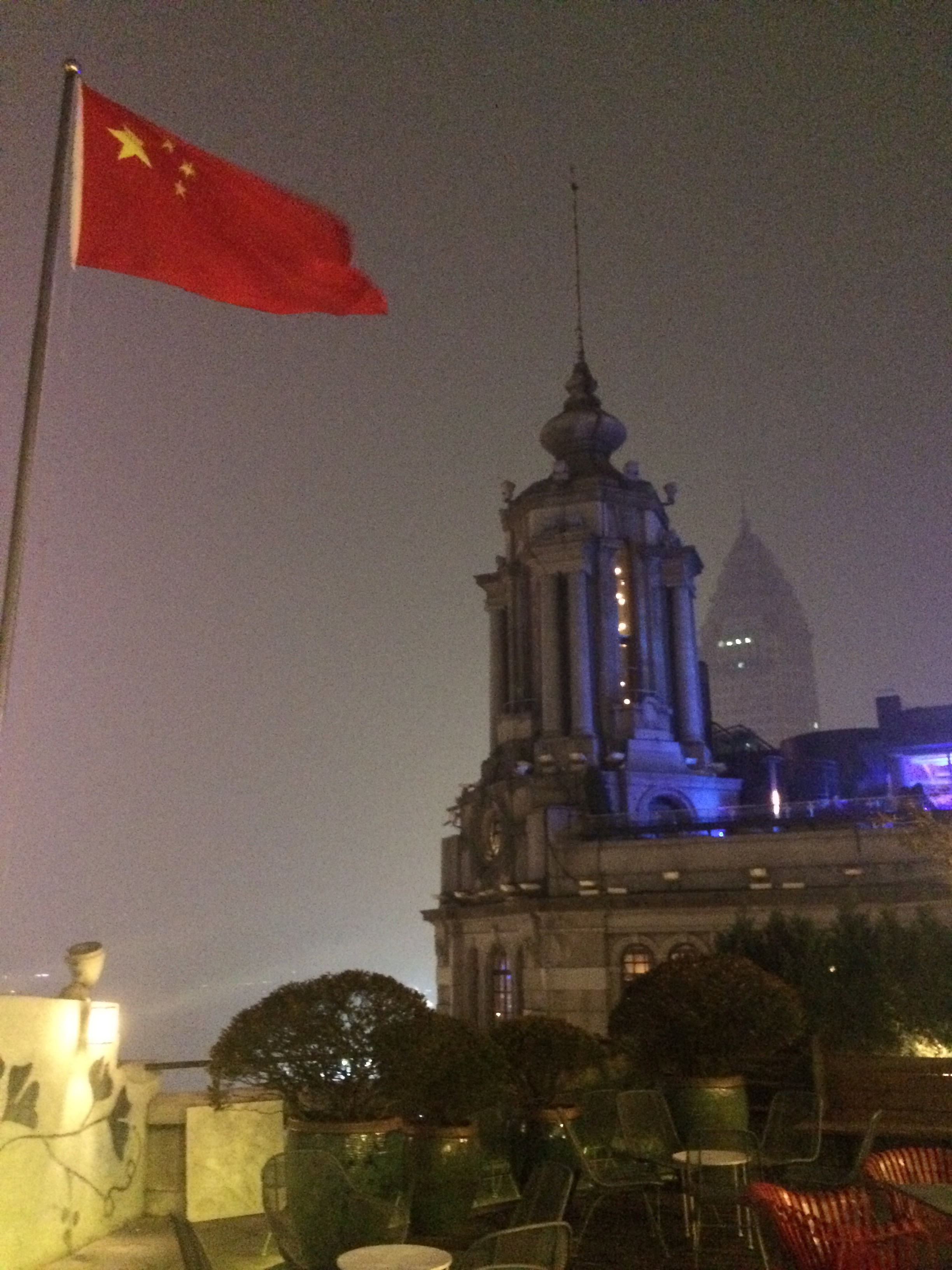
Night on the Bund
Location and Orientation
Shanghai is the biggest city in China and the largest city on the whole Earth with a population of around 24 million. (I have now been to half of the top ten largest world cities). It is located alongside the Yangtze River Delta and in the very centre of the country’s eastern coast. The city is 1200 km (700 miles) from Beijing and just 689 km from Taiwan’s capital Taipei.
Shanghai has sixteen districts (and the county of Chongming) within its borders.
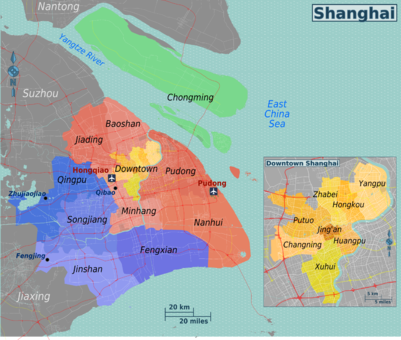
Wikipedia
We found most tourists were exploring a few key districts shown on the small downtown map above.
- Huangpu (黄浦区) which includes the world-famous Bund, and the main shopping arterial Nanjing Road. It is one of the most densely populated urban districts in the world.
- Hongkou District (虹口区), a quieter more traditional part of Shanghai, the area housed Jewish refugees in World War Two
- Jing’an (静安区) has a more western feel with heaps of chain store shops. It is named after a historic temple which has a replica constructed next to the metro station
- Luwan (卢湾区) with its stunning Boulevard and a section of the Former French Concession
- Xuhui (徐汇区): also contains the Former French Concession with bustling Hengshan Road (formerly Avenue Pétain) and the Shanghai Cathedral
Tourists will also go to
- Pudong (浦东新区) was established on the east side of the Huangpu River in 1993 by the Chinese government as a Special Economic Zone. The western end of the Pu-dong district is the t he financial centre of modern China. Many of China’s most significant modern buildings are here. On the other side of the river is the historic Bund area.

Shanghai’s skyline is dominated by some notable high-rise buildings and skyscrapers, of which the Oriental Pearl TV Tower is the most famous symbol of the “new China”. It is what is below those towers that really makes the city, however.We just loved wandering through the neighborhoods.
Getting there and getting Around
We arrived like most international passengers into Shanghai Pu-dong International Airport. You can now fly to Shanghai from 210 airports. if flying domestically, we would have most likely landed at Shanghai Hongqiao International Airport. Both airports are connected to the Metro system which makes access a breeze. Pu-dong also has the famous maglev which whisks you 30 kilometres in about eight minutes at speeds of 300 to 420km/h.

Accelerating to 320km/h on the Maglev from the airport
If you are from one of 53 countries and flying into and out of Shanghai and you have an onward booked connection to an international destination, you can get a visa on arrival good for up to 144 hours (six days)(. The 144 is based on your scheduled arrival and departure times. Make sure your paperwork is in order and printed and you are good to go. (As always, please check up to date information!).
Shanghai is connected to the Chinese High speed and regular railways through four stations across the city. All of the stations are linked to the Metro system.
Getting around the city is a breeze with 15 metro lines crossing the city. With the first line having only opened In 1987 means the network is very modern, very clean and very frequent. The signage in English and Chinese script is some of the clearest and most helpful, I have ever seen. One downside is that most metro lines cease operating between 1130 and midnight. There are night buses, however. 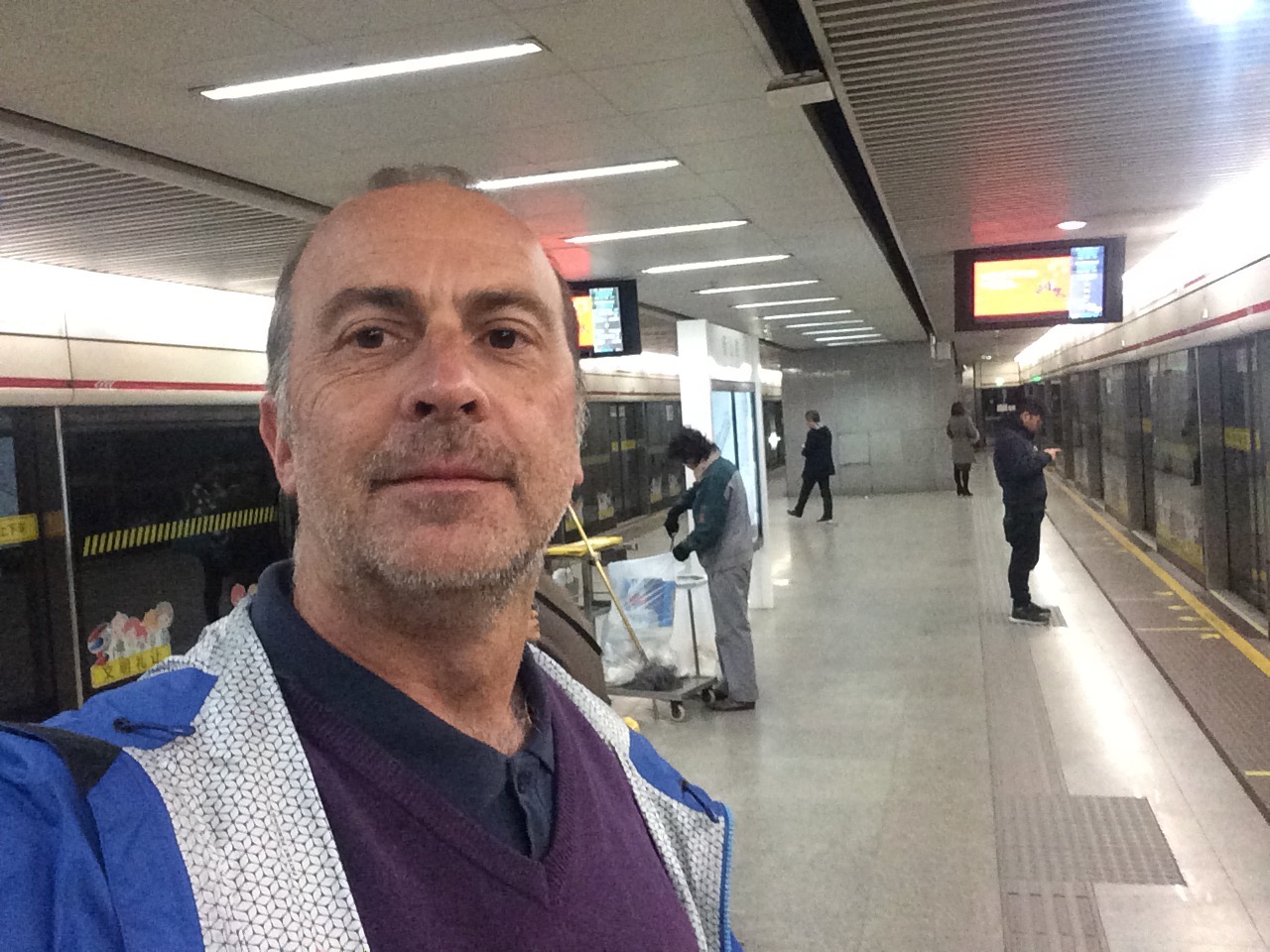
If you are traveling with bags, they need to go through an Xray machine at the entrance of every station. In peak times, you may need to leave extra time.
The bus system can appear a little daunting as the city has more than 1000 bus lines operated by ten bus companies! This is a very useful tutorial on how to ride the buses in Shanghai. This is a list of all the buses in English.
The city also has the world’s oldest trolley bus system dating from 1914. Sadly, Shanghai took their trams (street cars) out in 1975. They are now re-introducing tram lines.
There are six different types of pay as you go tickets and daily passes including:
- Single Journey Ticket which can be bought from the ticket machine or staffed ticket booth.
- Single use Souvenir Ticket – similar to above but the tickets have touristic design and can be kept as a memento of your visits
- Shanghai Public Transportation Card like London’s Oyster Card or Hng Kong’s octopus. After buying the card for 100 yuan with includes a 20 yuan deposits and 80 yuan for use on metro, some buses and ferries. Top ups can be down at some (but not all) metro stations, bus stations, banks or stores.
- One-day Travel Pass can be purchased from ticket booths at key metro stations and used across then whole metro for a 24 hour period
- Three-day Travel Pass- allows 72 hours of use
- Maglev & Metro Pass combo. This gives a single or round trip Maglev trip to/from the airport and 24 hours of unlimted metro rides.
We did not use the taxis (the metro was too good) but did use Didi Chuxing, the superior Chinese iteration of Uber.
Exploring the City
The couple behind me on my flight to Shanghai had a nine hour stop over in Shanghai. As they talked between themselves, the guy said “I hope we can find enough to do. I hear there is not much to see in Shanghai“. I sure hope his mind was blown.
My Top 20 sights:

- I could not get enough of walking along The Bund. The street looks like something out of an old European city with dozens of magnificent Beaux Arts style buildings that once housed banks, consulates and trading companies at the start of the last century arranged along the river. Across the river are the futuristic towers of Pu Dong. Bund means embankment. I walked along the Bund at sunset, middle of the day and at night. Around the Bund are Gothic looking buildings that surely belong in Batman’s Gotham City !
- The Former French Concession (the area allocated to the French from 1849 to 1943). Today its a place with stunning street landscapes, delightful cafes, beautiful houses and nice restaurants. Take time to wander through and enjoy the streetscapes.

- The Shanghai Jewish Refugee Museum commemorates the arrival of thousands of Jews in the 1930s and 1940s escaping persecution in Europe. The museum shows information abut the lives of some 20,000 Jews who made Shanghai their home. The way the Chinese population opened up their hearts to these people is inspiring.
- Fuxing Park- 10 hectares of flowerbeds, fountains and a lake laid out by the French in 1909. During the day, the park fills up with dancers, mahjong players, and tai chi participants.
- Moganshan 50 (M50) a contemporary art district
- Xintiandi area- an urban renewal project with reconstituted mid-19th century stone gate homes built around narrow alleys with a myriad of book stores, cafes and restaurants plus an active nightlife
- Nanjing Road East Pedestrian Mall- this street leads from People’s Square to the Bund and filled with historical and modern department stores, tourist shops and notably scammers and pickpockets

- Eating street food everywhere (see food below)
- Yùyuán Gardens & Bazaar founded in 1559 is a stunning example of a Ming dynasty parkland. Do not go on a weekend. It is insanely crowded!
- Propaganda Museum which gives a fascinating insight into the images that helped build communism from 1949 to the 1990s
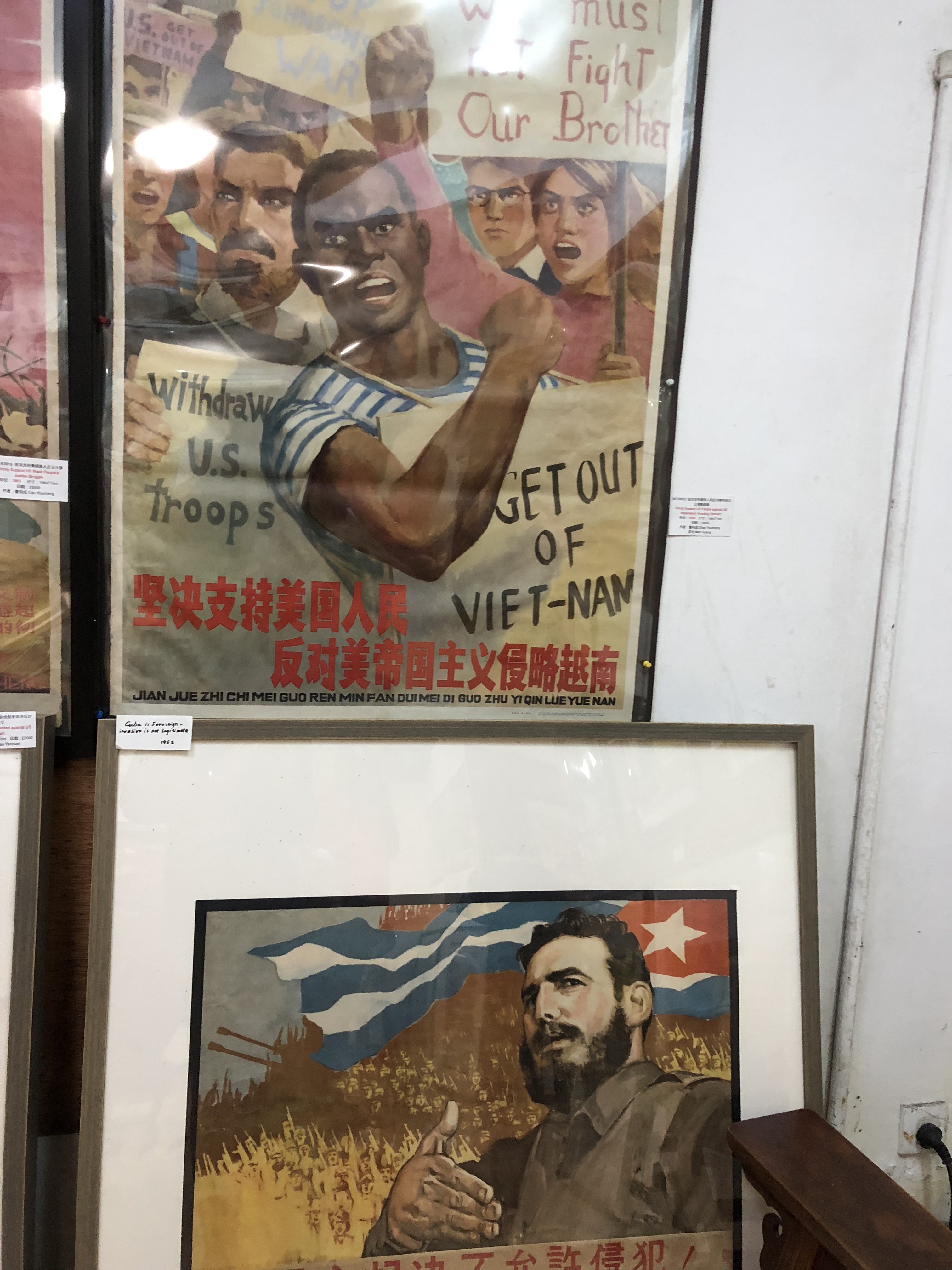
- The Shanghai Museum
- Buddhist temple Longhua -Shanghai’s largest and most active temple, with five halls and two towers with a huge copper bell, which is struck on New Year’s Eve.
- Jade Buddha Temple
- The Power Station of Art, a contemporary art museum housed in a former power plant.
- Former Residence of Ba Jin, the great Chinese novelist
- St. Ignasius Cathedral
- People’s Square- check out the public matchmaking sessions!
- A Chinese massage
- The towers and streets of the Pu-dong area Financial district
- One of the historic water towns outside Shanghai . I had no idea these existed before I went to Shanghai, these historic towns sit on canals.

(I have not mentioned Disney Shanghai which , for some, is the only reason they come to this city. We did not visit but many parents will want to include this for their kids – and fellow adults!)
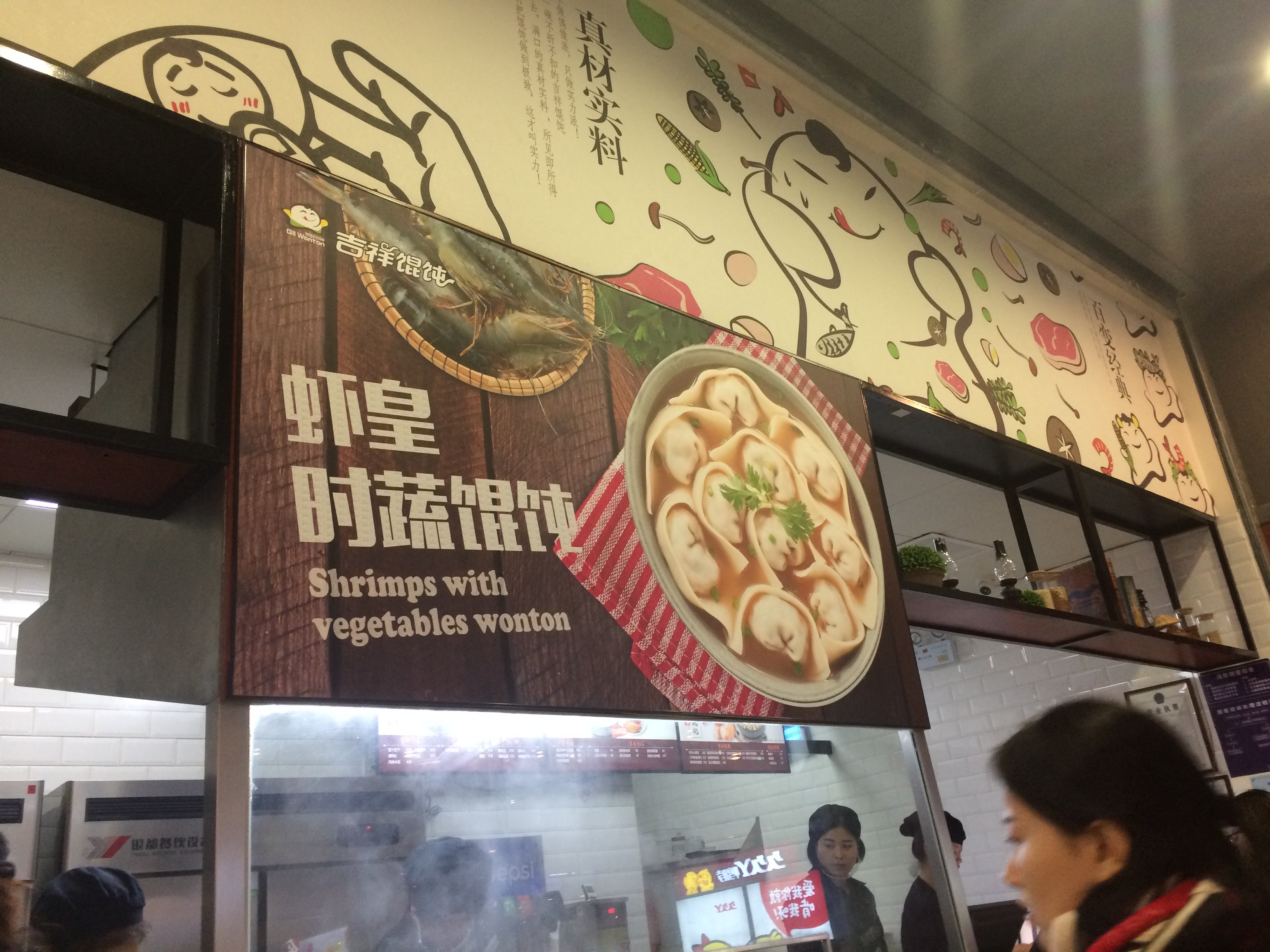
Climate and Weather
The city’s climate is a sub-tropical climate with four distinct seasons. The best time to visit Shanghai weather wise is probably Spring (Mar/Apr/May) and Autumn (Oct/Nov). Summers tend to be hot and humid with an average high of 32 °C (90 °F) in July. Winters are cold and temperatures sometimes drop below zero Celsius 34 F).. Snow seldom falls.
The annual precipitation is 1,200 mm (47 inches) with much rain between June and September are the rainy months with typhoons possible in last August to early September. , Shanghai is frequented by typhoons and rainstorms, but they rarely cause any considerable damage.
Costs
The cost of living index ranks Shanghai at 323rd out of 540 cities in the world with a rating of 52.38 which is about half the cost of living in NYC. A meal in an Inexpensive Restaurant costs around 22 to 50 ¥uan ($US3 to $8) per person. A meal at a mid range Restaurant is 150 to 200 ¥uan ($US23 to $30) per person. If you have to, a McDonalds meal will cost between $US4 and $US6. Four star hotels (of which there are many) will set you back between $US50 and $US80. A five kilometre (three mile) taxi ride is around $US3.70.
Crime and Safety
Burglaries, murders and robberies are very low by western standards. Pickpocketing reportedly occurs with a level of credit card fraud.
Some visitors will experience culture shock when encountering the locals. Think New York plus! The biggest issue are some of the scams that unsuspecting tourists can easily fall victim to. Check out my post on how not to get scammed and watch out for the tea house scam particularly in Shanghai.
Food
I could eat my way through Shanghai for the rest of my life! The City has a mix of highly rate five star restaurants, Chinese family style restaurants western style fast foods and incredible street stalls. There are so many food places that we calculated that if we ate at three new food venues every day, it would take 30 years to visit every one across he city! 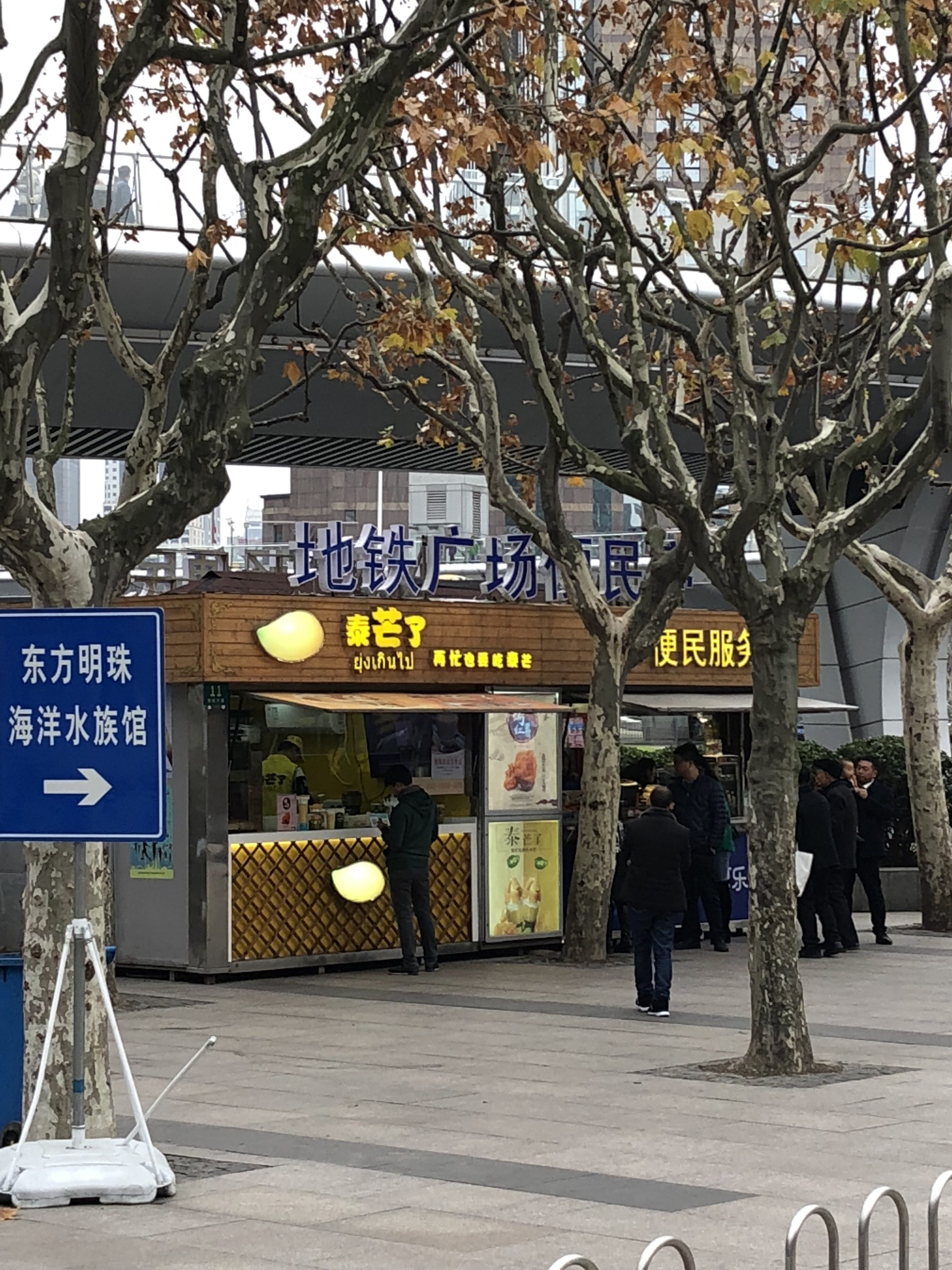 My top five favourite tastes.
My top five favourite tastes.
1. Xiaolongbao (小笼包) -This is one of the most divine things I ate in Shanghai. These dumplings containing a base of soup within a punched wrapper are the most amazing snack food ever. Buying a serve of these and strolling along in the evening was a truly magnificent experience 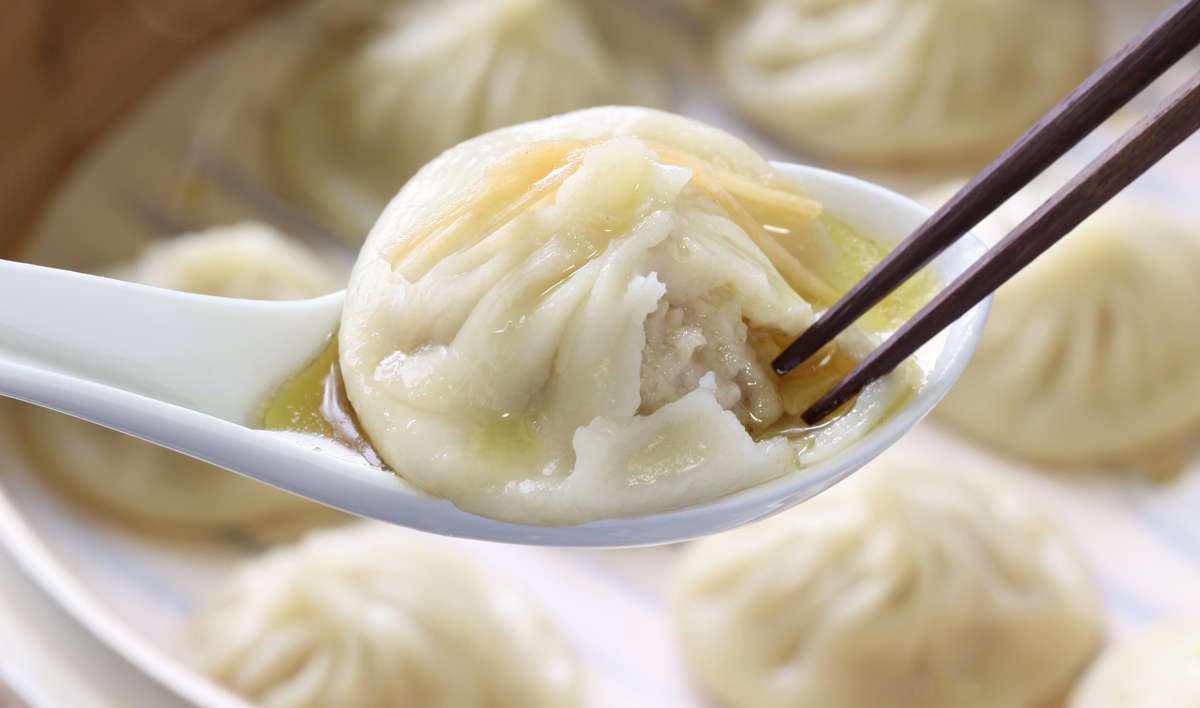
2.Hot Pot take some stock and add whatever vegies, meats and dumplings you want and you have a magnificent tasting feast. 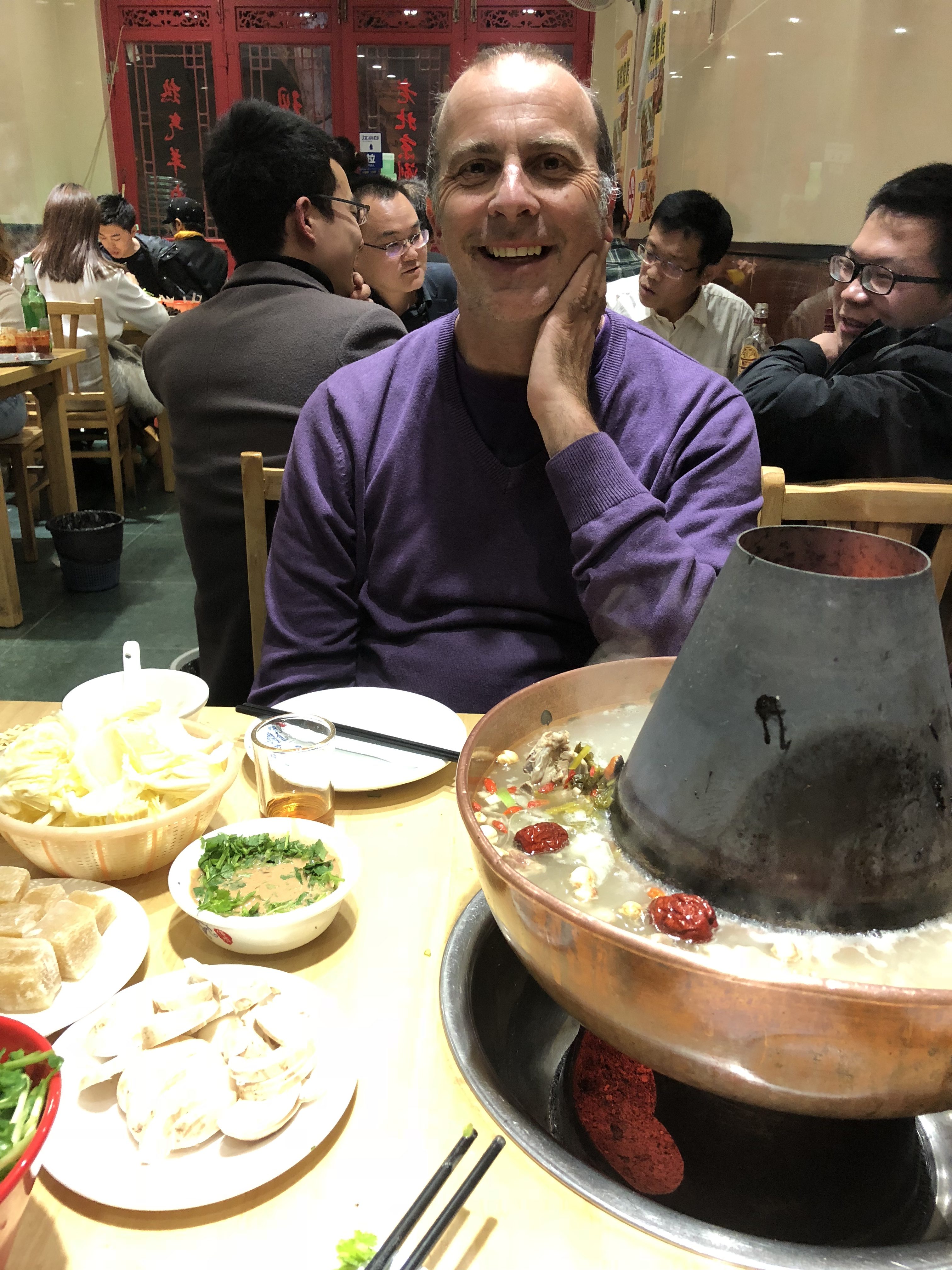
3. Late one night I encountered a queue of people lining up for fresh Kebabs. Topped with a delicious cumin-based seasoning I somehow managed to find more stands like it- all with queues for a few nights in a row. They are worth a wait!
4. Eggplant (Yes, Eggplant!) braised in shaoxing wine, soy sauce, vinegar, garlic, ginger, sugar, chilies it is mouthwatering
5. Shanghai cumian — a thickly cut pasta stir-fried with beef, chicken or pork, cabbage and onions

Vibe
Shanghai is definitely a world city. Vibrant, full of energy and connected to the globe. There is always something to explore.



Loved how detailed your guide to Shanghai is! From sights to see to best dishes to try! I need to head to Shanghai next and hopefully will soon! 🙂
Loved the way you have put every little detail together for the readers. Shanghai is indeed amazing!
Thank you. Glad you enjoyed.
Thank you. Let me know when you do when you do visit Shanghai.